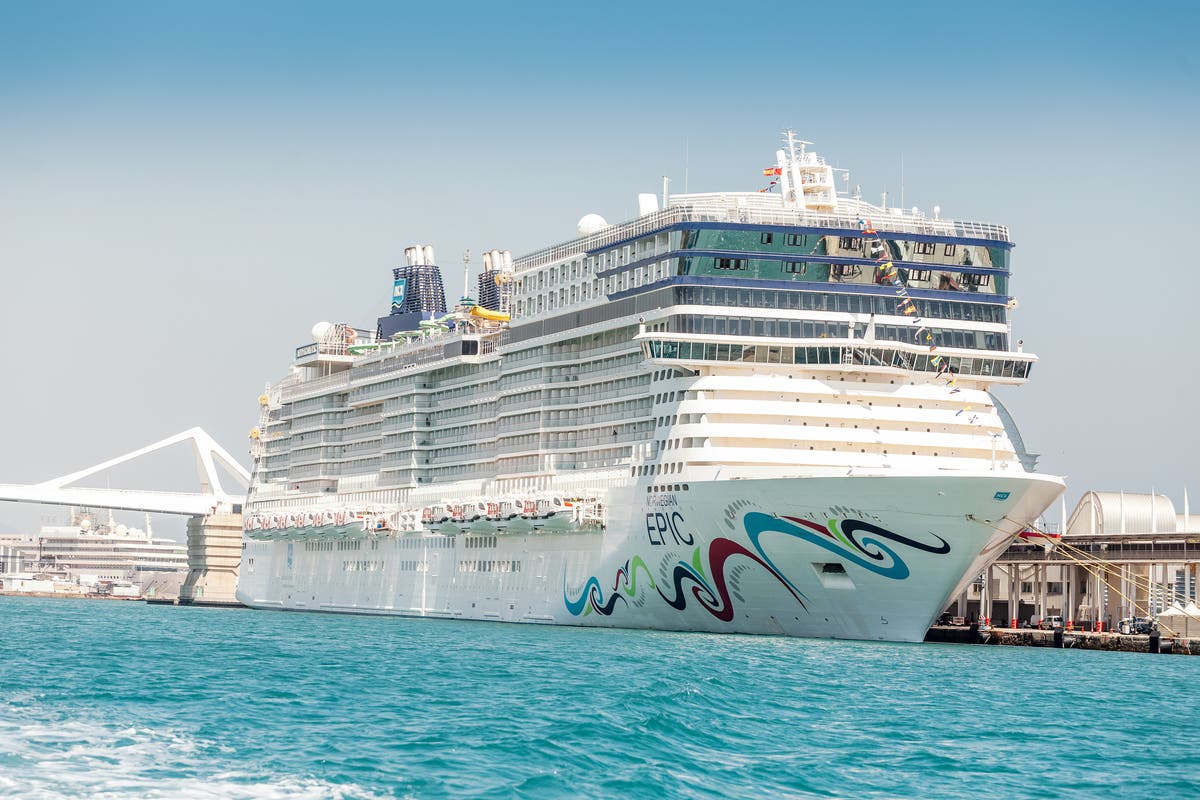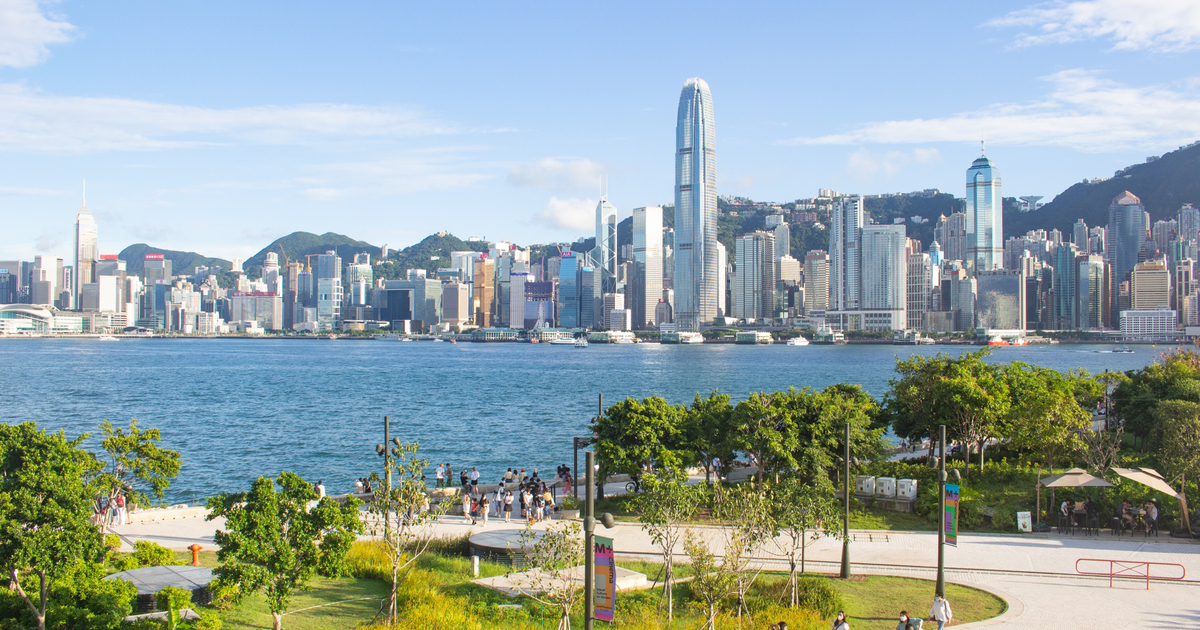Some mega cruise ships pump out as much CO2 as a small town, study finds
Disney Cruise Line, Norwegian and Princess Cruises were among the worst polluters

Your support helps us to tell the story
This election is still a dead heat, according to most polls. In a fight with such wafer-thin margins, we need reporters on the ground talking to the people Trump and Harris are courting. Your support allows us to keep sending journalists to the story.
The Independent is trusted by 27 million Americans from across the entire political spectrum every month. Unlike many other quality news outlets, we choose not to lock you out of our reporting and analysis with paywalls. But quality journalism must still be paid for.
Help us keep bring these critical stories to light. Your support makes all the difference.
With waterparks, restaurants and hundreds of cabins, cruise ships use a huge amount of energy each voyage – with some vessels emitting more carbon dioxide annually than a small town.
According to an analysis of European emissions data by Which?, Disney Cruise Line is the cruise company operating the worst polluting ships.
Disney Dream, the only Disney vessel in European waters last year, pumped out an average of 1,481kg of carbon dioxide emissions per nautical mile on its journeys.
Which? found that Norwegian Cruise Line was the second-worst polluter, with 10 ships travelling the continent, each emitting around 1,413kg of carbon dioxide.
Three of the top 10 most polluting mega-ships, those with a capacity for thousands of passengers, belonged to Norwegian.
Ships from Princess Cruises (1,253kg), Royal Caribbean (1,248kg) and MSC Cruises (1,229kg) also averaged high emissions as cruising becomes more popular.
The consumer champion analysed cruise line emissions per nautical mile travelled based on the EU’s 2023 Monitoring, Reporting and Verification carbon emissions data, published in September 2024.
A Disney Cruise Line spokesperson said that the methodology used by Which? “does not accurately reflect the full context of our operation”.
They added: “Disney Cruise Line complies with all air and water quality standards. While sailing in Europe, the Disney Dream used a combination of hydrotreated vegetable oil along with ultra-low-sulphur marine gas oil, which reduces greenhouse gas emissions beyond IMO requirements. DCL is committed to continuing to reduce its emissions in line with The Walt Disney Company’s environmental goals.”
Which? said the size of a small town is 5,000 to 19,999 people according to the ONS and can emit 93,995 tonnes of carbon dioxide.
In comparison, Norwegian Epic alone emitted 95,000 tonnes in 2023, as much as a town with 20,000 residents, to be named Europe’s most polluting cruise ship by Which?.
Norwegian said the figures do not “account for time spent in port” where emissions are lower and vessels spend a large amount of time.
The cruise line also committed to “reducing greenhouse gas emissions by 25 per cent by 2030”.
Most cruise ships run on ‘scrubbers’, – heavy high-sulphur fuel – liquified natural gas and shore power, although these plug-in berths are limited at global ports.
Carbon reduction consultancy Ecollective found that the carbon footprint of a European cruise passenger can be larger than flying for a short-haul holiday.
According to Ecollective, a two-week Caribbean cruise, including return flights to Barbados (6,196kg CO2e), has a carbon footprint more than double that of a two-week holiday in Barbados (2,487kg CO2e).
Naomi Leach, deputy editor of Which? Travel, said: “Holidaymakers are becoming increasingly concerned about the impact of their travel both on the environment and on local communities. The emissions generated by some of Europe’s largest cruise ships are simply staggering.
“It’s clear more needs to be done to clean up the cruise industry and to tackle greenwashing to ensure consumers are getting clear and honest information about the impact of cruising.”
The most polluting European cruise lines
For more travel news and advice, listen to Simon Calder’s podcast

 ShanonG
ShanonG 































